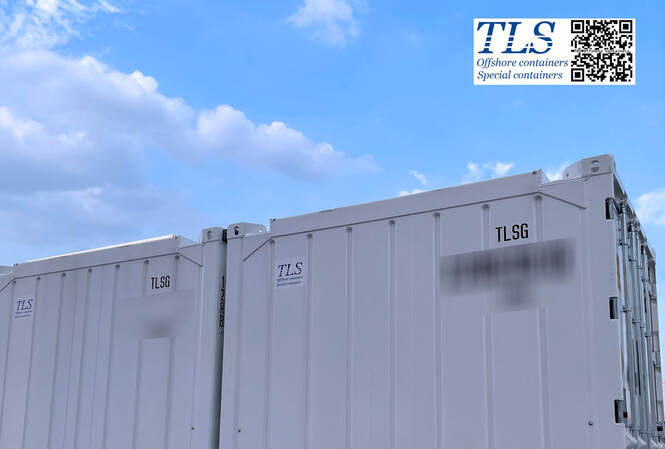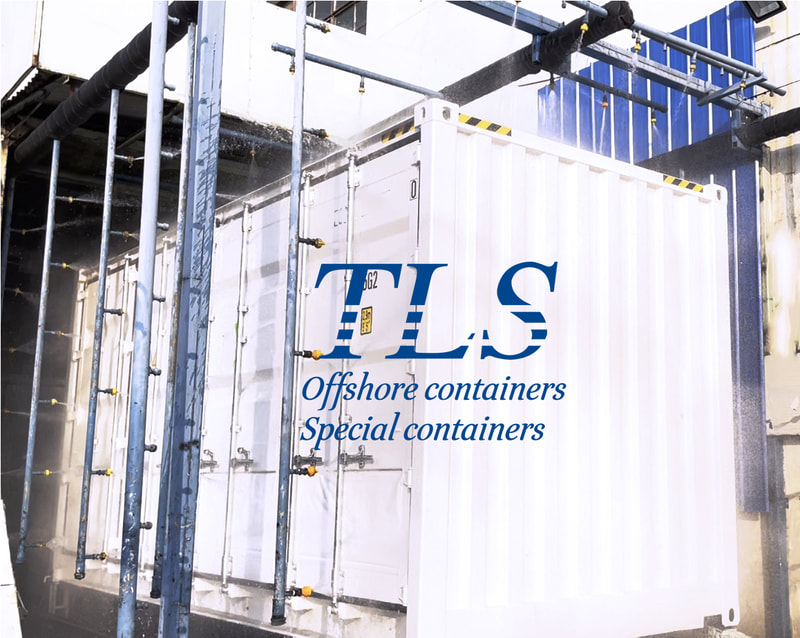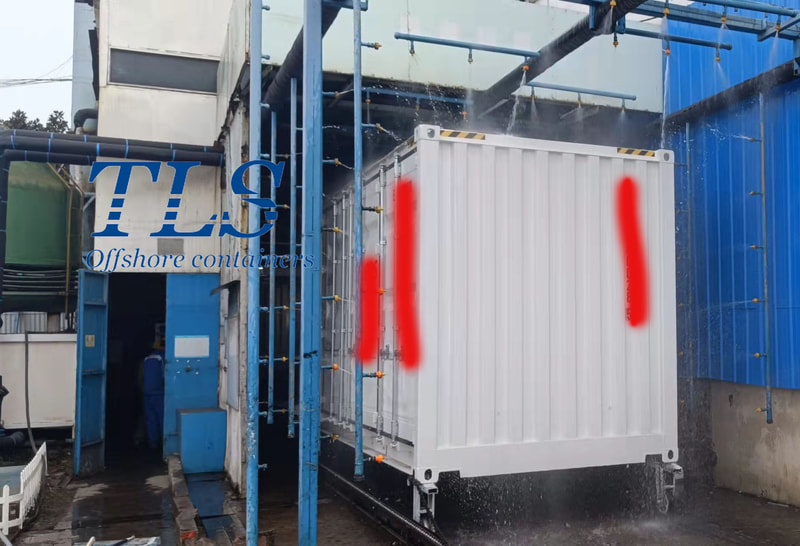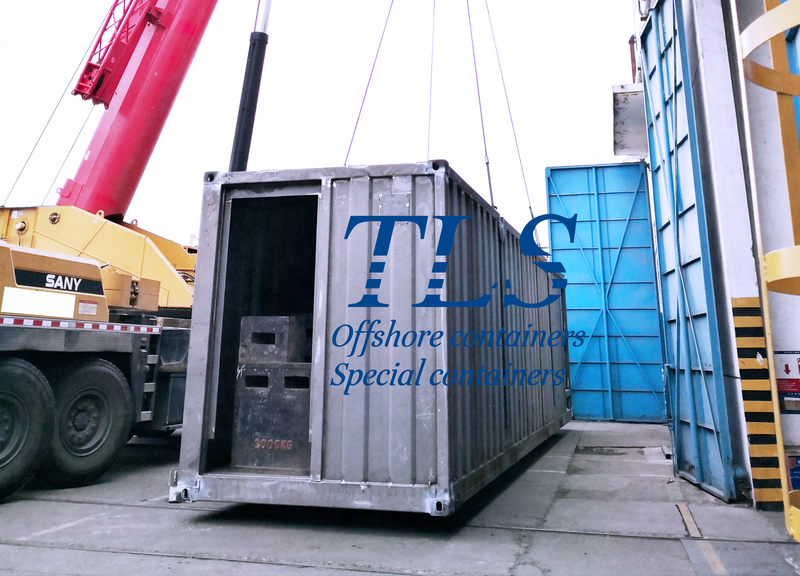Container compressive capacity test: vertical impact test done by tls offshore containers int.3/6/2023
The Container Compressive Capacity Test, also referred to as the Vertical Impact Test, is a widely used method for evaluating the safety performance of containers during transportation. This test is specifically designed to determine the compressive capacity of containers when subjected to vertical impact. The following testing criteria are strictly adhered to:
TLS Offshore Containers Int. ensures that all of its products are meticulously produced and tested in strict compliance with international standards. Written by Mandy Unlike ordinary dry cargo containers, which are primarily used for land transportation, offshore containers are specialized containers used on offshore oil rigs; Therefore, there is a well-established set of European standards for their design and manufacture, including DNV 2.7-1 and EN 12079.
Marine containers are mainly used on marine drilling platforms, where the operating environment is demanding and frequent hoisting is required, which places high requirements on container hoisting equipment. All four corners of the top of the container have a top corner piece structure. The top corner piece structure consists of a standard container top corner piece, a lifting lug, and a reinforcing piece. The uplifted ears are located on the inner side of the top horn, adjacent to it, and are arranged and fixed to it. The four-point or two-point lifting of a container can be performed by means of a hoist, and therefore there is a higher strength requirement on the hoist itself as well as on the top of the box in which the hoist is mounted. The lifted lug material must have low-temperature shock resistance properties. The reinforcing piece consists of a bottom plate for the lifting lug, and a coaming plate arranged on three sides of the bottom plate of the lifting lug. The setting of the coaming plate not only strengthens the lifting ear area but also protects the lifting ear. When lifted, a special sling is used, the shackles are passed through the eye holes and locked firmly, then the sling is lifted through the main ring of the sling. 1 WELDING INSPECTION |
Archives
July 2024
Categories
All
|
- Home
-
Containerised solutions
- Intelligent pressurised container | MUD logging cabin
- Battery energy storage system (BESS) container
- Flexible grid tied battery storage system
- Laboratory container | workshop container | Equipment containers
- Temporary refuge shelter | Toxic gas refuge | Safe haven
- Offshore accommodation cabin | office container
- Reefer container | Refrigerated container
- Intelligent waste water treatment container
- Fresh water generator container
- Cargo Containers
- Product photos & videos
- News & Blogs
- Contact us
|
Featured products
Intelligent pressurised container Temporary refuge (TR) shelter, toxic gas refuge (TGR) Battery energy storage system (BESS) container Containerised waste water treatment plant Fresh water generator container Reefer container Laboratory container, Workshop container Accommodation container Offshore closed container |
All Rights Reserved 2020 © TLS Offshore Containers / TLS Energy
|




